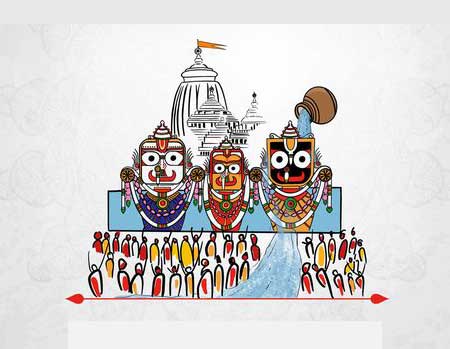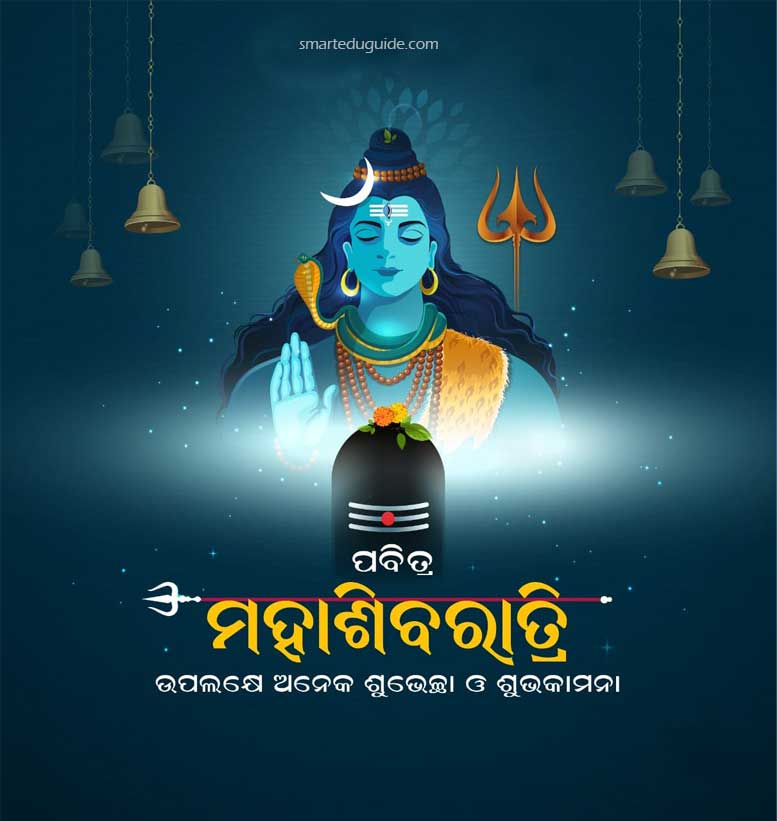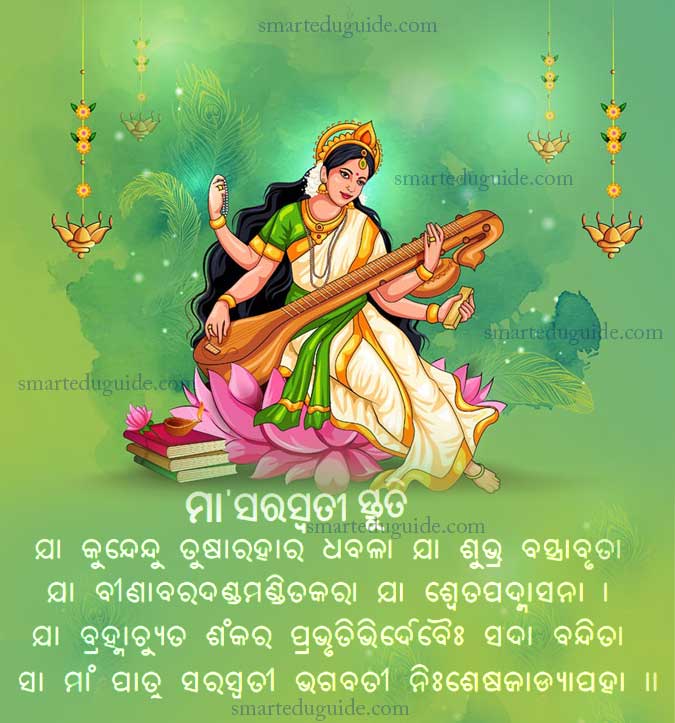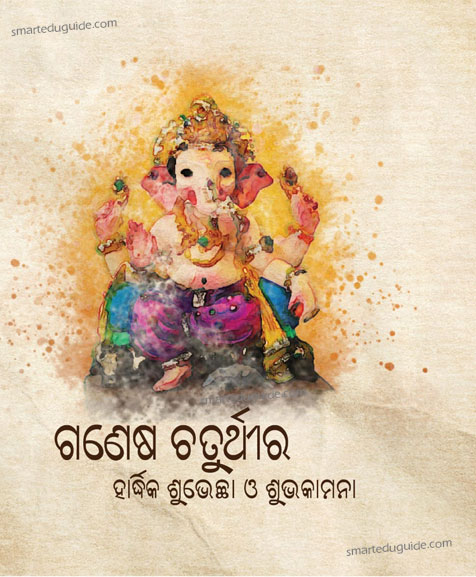Jagannath Temple Puri Odisha
Jagannath Temple Puri Odisha

Shree Jagannath Temple Puri Darshan & Timings
| Rituals | Timings |
|---|---|
| Dwarpitha and Mangal Aarati | 5:00 am |
| Mailam | 6:00 am |
| Abakash | 6:00 am to 6:30 am |
| Mailam | 6:45 am |
| Sahanamela | 7:00 am to 8:00 am |
| Beshalagi | 8:00 am |
| Rosha Homa Surya Puja and Dwarapal | 8:00 am to 8:30 am |
| Gopala Ballava Puja | 9:00 am |
| Sakala Dhupa(Morning food offering)Mailam | 10:00 am |
| Mailam & Bhoga Mandap (2 to 3 times a day) | Madhyanha Dhoop Sandhya Dhoop |
| Madhyanha (Afternoon food offering) | 11:00 am to 1:00 pm |
| Madhyanha Pahudha | 1:00 pm to 1:30 pm |
| Sandhya Aarati | 5:30 pm |
| Sandhya Dhupa | 7:00 pm to 8:00 pm |
| Mailam and Chandana lagi | 8:30 pm |
| Badashringara Vesha | After Chanadana Lagi |
| BadaShringar Laga Bhoga | 9:30 pm to 10:30 pm |
| Khata Seja Lagi and Pahuda | 12:00 am (Midnight) |
History of Shree Jagannath Temple Puri
According to folklore, prior to being known as Jagannath (Lord of the Universe), the Lord was worshiped as ‘Purushottama’ – the one who is the creator, the protector and the destroyer of the world. It is believed that the present structure of the Shree Jagannath Temple at Puri was built by King Ananta Varman Chodaganga Deva, who was the founder of the Ganga Dynasty, in the 12th century AD. However, the completion of the temple happened in 1230 AD under Anangbheema Deva III, who also installed the deities in the shrine.
Festivals
About 12 major festivals, along with others, are observed with great fervor in the temple and collectively they are called ‘Dvadasa Yatras’. These are Snana Yatra, Sayana Yatra, Parshwa Parivartana, Deva Utthapana, Daksinayana, Pushyavisheka, Pravarana Sasthi, Dola Yatra, Makar Sankranti, Chandana Yatra, Akshaya Tritiya, Damanaka Chaturdashi and Neeladri Mahodaya.
Inner Compound (Bhitara Bedha)
The inner compound of the shrine has as many as 76 sacred small temples, out of which the important ones are:
Vimala Temple
It is believed to be the oldest shrine in the inner compound. A famous Shakti Peeth, Vimala Temple houses an idol of four-armed Goddess Vimala, with one hand holding a Kalasa (Jar) while two others holding an Aksamala (Rosary) and human figure and the fourth one is in Varada Mudra (pose). An interesting aspect of this temple is that the Prasad which is offered to Lord Jagannath everyday is first offered to Goddess Vimala, and only then it is called Mahaprasad.
Agneeswara Temple
This temple is considered to be the guardian of the fire of the temple kitchen.
Satya Narayan Temple
This temple houses a four-armed granite idol of Shree Narayan, with a disc in one hand; conch and mace in the other two and fourth hand representing the Abhaya Mudra.
Lakshmi Temple
Believed to have been built by the Ganga Dynasty in the 12-13th century AD, Lakshmi Temple houses an idol of Goddess Gajalakshmi with four arms; the top two holding two elephants while the lower two representing Varada and Abhaya poses.
Shree Nrusimha Temple
Believed to be constructed prior to the Jagannath Temple, this temple is dedicated to Lord Nrusimha. It has a Pancharatha Rekha Deula style of architecture but without a prayer hall. The temple houses a small idol of the deity.
Surya Temple
Dedicated to the Sun God, this temple houses an image of Sun, which is believed to have been brought by King Narasimha Deva of the Bhoj Dynasty from the Konark Temple.
Bata Ganesha Temple
This temple, dedicated to Lord Ganesha, is located below the sacred banyan tree called Kalpabata, located in the premises.
Nrutta Ganapati Temple
Believed to be built in the 13th century AD, the Nrutta Ganapati Temple houses an eight-armed idol of Lord Ganesha in a dancing pose.
Bhubaneswari Temple
This temple houses an idol of Goddess Saraswati along with images of Goddesses Sasthi, Savitri and Gayatri.
Kalpabata
It is a huge banyan tree that lies on the southern side of the temple. There is a belief that devotees who circumambulate the tree and step on its shadow attain Kesavalaya, which means abode of Lord Vishnu.
Kanchi Ganesha
Dedicated to Lord Ganesha in the form of Bhanda Ganesha, this shrine houses a four-armed idol of the deity and an image of his consort on his lap. The image is believed to be a tantric image, which was brought by Gajapati Purushottama Dev from Kanchi.
Mukti Mandapa
Mukti Mandapa has 16 pillars and has a width of 38 feet and 38 feet in length. Only a few priests belonging to particular villages, Deula Purohita, Dandai Sanyasis, Jagadguru Sankarcharya and Rajgurus are entitled to sit on this platform.
Outer Compound (Bahara Bedha)
The outer compound features about 45 important parts of the temple premises, including:
Roshaghara (Kitchen)
Featuring about 250 Chulis (hearths), this kitchen is believed to be the largest of its kind in the world. Cooking in this kitchen is done in a traditional way using earthen pots and burning charcoal. Only the Suaras (Servitors) and their assistants are allowed to enter this kitchen. There are 32 rooms in the kitchen that are 20 feet high, 100 feet wide and 150 feet long. About 600 chefs and 400 assistants cook here on a daily basis.
Ananda Bazaar
This is the place in the premises where Mahaprasad is earmarked for sale, along with other popular, sacred sweet delicacies of Puri. Devotees can also sit and eat the Mahaprasad at a dedicated place in this part of the premises.
Aruna Sthamba
This monolith pillar with sixteen sides lies on the eastern side of the main temple. Measuring a height of 34 feet, this pillar was brought from the Konark Temple by King Dibyasingha Deva.
Baisi Pahacha
Baisi Pahacha meaning 22 steps denotes the flight of stairs leading from the outer compound to the inner compound of the temple. However, currently only 17 steps are visible due to the construction made at a later time. It is believed that devotees should sit on these steps as part of their sacred duty.
Patitapabana
A single image of Lord Jagannath is carved on the Singha Dwara called Patitapabana. This image has been carved here so that those devotees, who for some reason are unable to enter the temple, can do the darshan of the Lord.
Snana Mandapa
This is the pavilion where the bathing festival of the main deities is performed.
Some of the architectural wonders of the Jagannath Temple are:
- The construction of the main temple has been done in such a manner that at no time of the day, the shadow of the temple falls on the ground.
- The blue wheel (Nilachakra) perched on top of the shrine is made of eight metals (asta dhatu).
- The flag perched on top of the temple uniquely flows in the opposite direction of the wind.
Things to do in Shree Jagannath Temple Puri
There are some interesting things for visitors to witness at Shree Jagannath Temple in Puri that are sure to astound them.
Witnessing Changing of Flag Ritual
Every evening at sunset, the flag mounted on top of the main temple is changed. This has been done over 800 years, and the responsibility has been assigned to a family of priests by the Gajapati King. Every evening, one priest climbs the walls of the temple barefoot and with bare hands, without any equipment and changes the flag. The height of the temple is said to be equivalent to a 45 storey building.
No Shadow
An interesting thing to witness while in the premises is that at no time of the day, the shadow of the temple falls on the ground.
Same from all directions
Nilachakra or Sudarshan Chakra, which is too mounted on the top of the temple, when looked from below appears to be same from all directions.
Nothing Flies Above
Unlike other temple structures where birds can be seen sitting at the top, not a single bird can be seen resting or flying above the spire of the temple. Not even aircrafts can be seen flying over the temple.
Missing Sound of Sea
An interesting thing to notice after entering the gates of the shrine is that the sound of the sea waves is completely lost and can only be heard after coming out of the temple.



